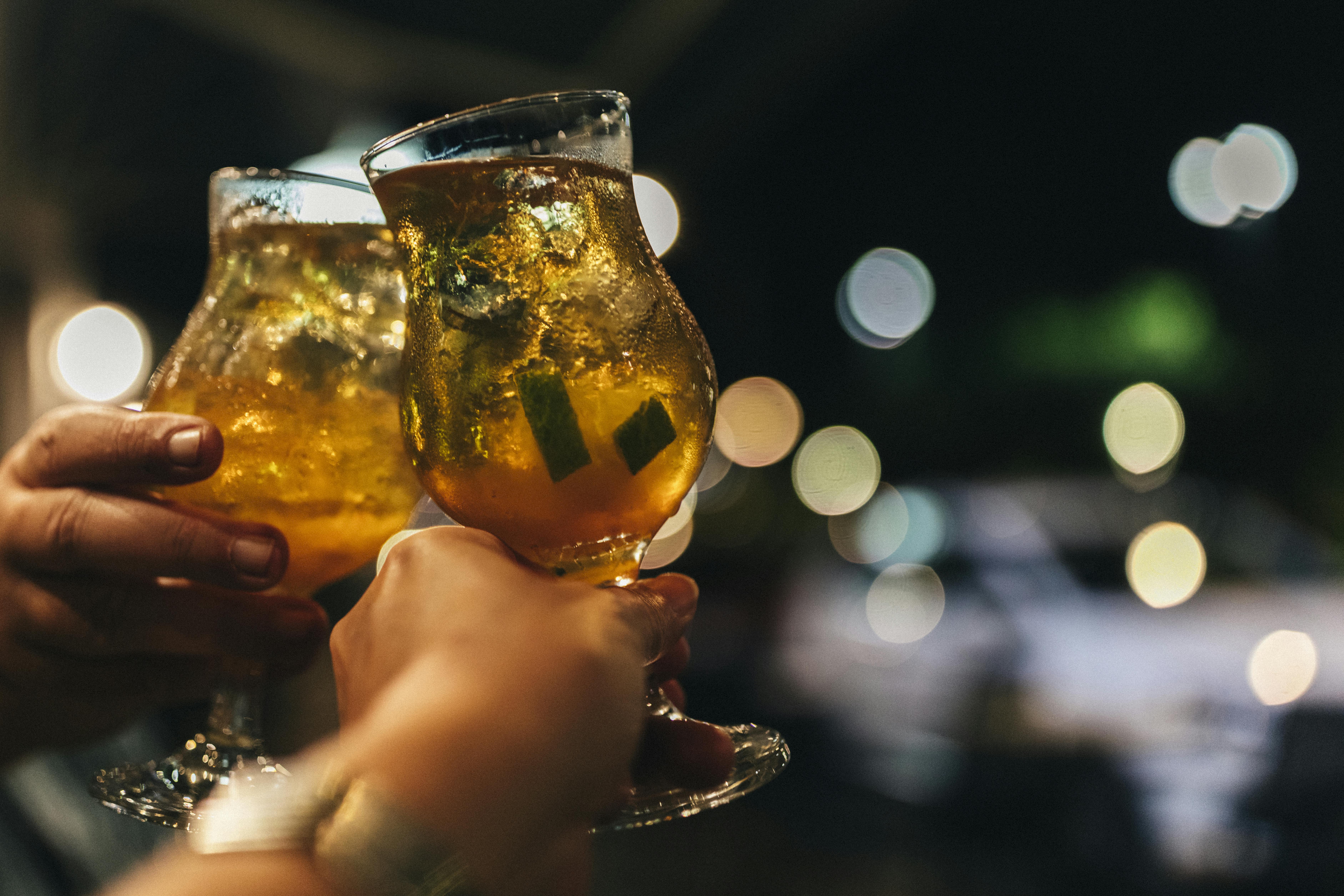A Toast to Rum in Barbados, Guadeloupe Islands, Grenada and St. Lucia
You may love a mai tai, a daiquiri or a piña colada (and getting caught in the rain), but the base of these drinks – rum – is a tasty way to become better acquainted with Caribbean history.
Rum, whose roots date to the 17th century, has become an integral part of the region’s DNA. A tropical climate and abundance of sugarcane created the ideal environment for the spirit, which became a global commodity. This booming economy would not have been possible without the labor of enslaved West African people who were forced to work in fields and ferment the sugarcane that would become molasses, then rum.
Today, it’s nearly impossible to arrive on any Caribbean island without encountering the spirit, served on the rocks, neat or blended into sherbet-colored libations.
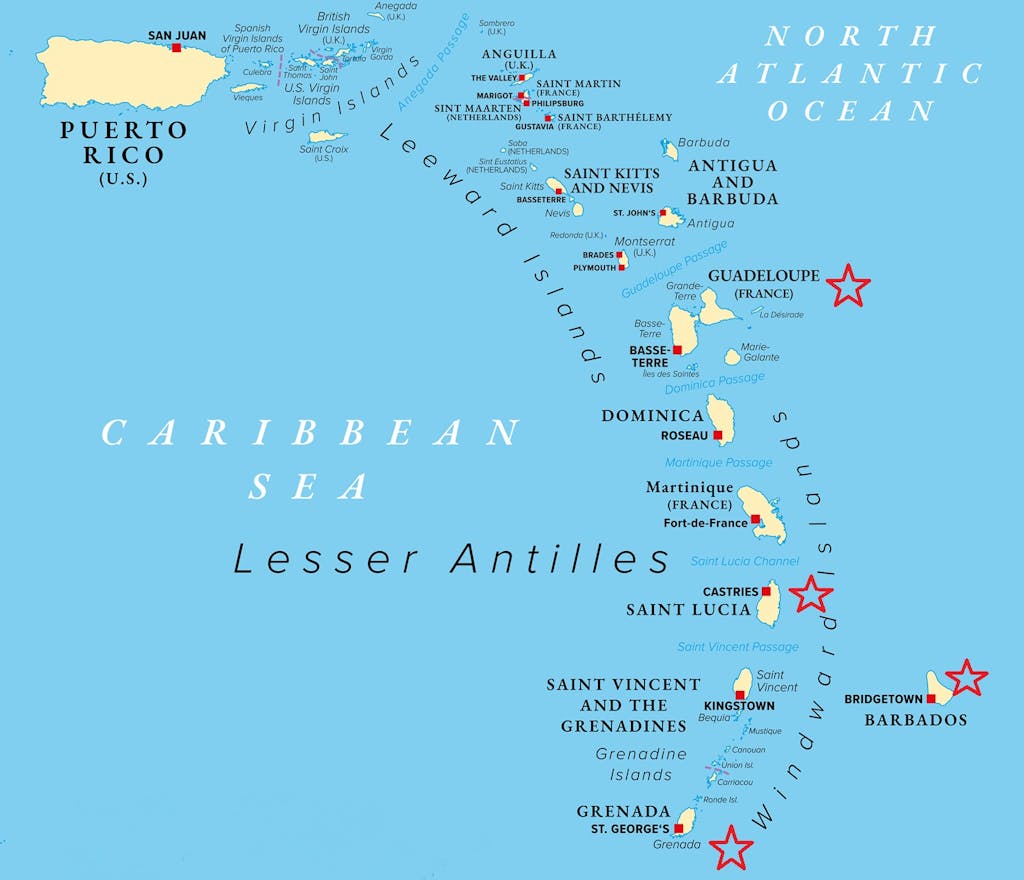
But it’s more complex than only a colorful cocktail base served with a kitschy umbrella. Light-bodied white rums produced in Puerto Rico offer a sweeter, milder taste that works well in such drinks as mojitos. Dark rums are often aged longer, creating a more robust flavor that has notes of caramel and spice, making it easy to drink neat or on the rocks. We’ll take a look at the drink in Barbados, Guadeloupe Islands, Grenada and St. Lucia, indicated by stars in the map above.
Rum is more than a drink

Besides rum’s starring role in vibrant carnival celebrations, I was curious about the spirit each island produces, prides itself on and embraces as part of its culture.
Rum is as varied and complex as some bottles of wine. It depends on the climate, fermentation method and the barrels in which it’s stored. I’ve seen first-hand the dewy blades of sugarcane that cloak fields, the old windmills used to crush the juice out of that cane and the bubbling froth of fermentation before distillation and aging begin.
Tours at distilleries that continue this more than 300-year-old tradition have given me a newfound respect for this process and the complexities of the drink. Gone are the days when I let a sugary drink obliterate the rush of caramel and oak upon a first sip. Drowning out its complexity is a disservice to the producer and my palate.
Here are four islands with a rich rum history to get you started.
Barbados
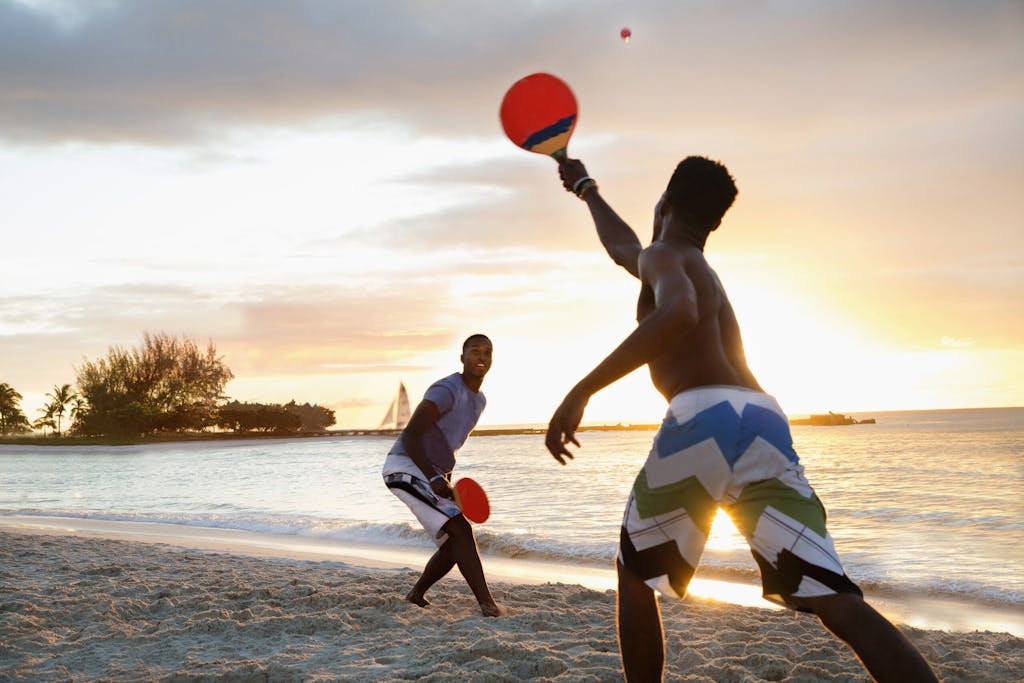
If you travel to Barbados in the southeastern Caribbean and order a glass of Kill-Devil these days, you’ll probably get a blank stare. This reference, documented in 1657, is considered the first record of rum on an island thought to be its birthplace.
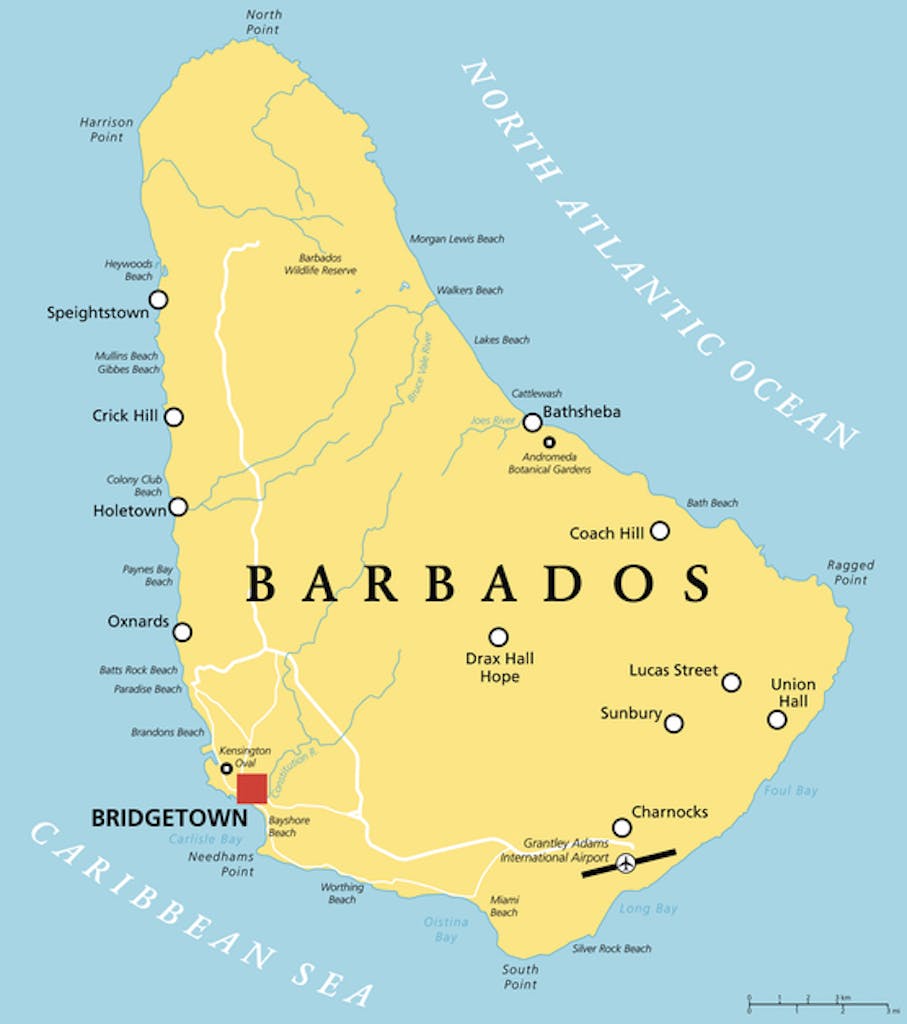
About 1,500 rum bars are spread across Barbados, and some are just steps from the beach.
Barbados creates rum using coral-filtered water and traditional distillation methods that include pot-shaped vessels that operate on a batch-by-batch basis and column stills that can be operated continually for large-scale production.
The resulting rums dance with notes of spice, oak and tropical fruits. You can get a taste of that vibrancy first-hand at Mount Gay, said to be the world’s oldest rum distiller. The Mount Gay Rum Distillery Visitor Experience in Bridgetown, Barbados’ capital, is about 15 to 20 minutes from the cruise port.
You can choose among several experiences to please your palate: cocktail workshops guided by expert mixologists, rum-paired Bajan lunches in the scenic garden courtyard, a historic tour that explains the story of Mount Gay and rum’s evolution on the island, among them.
When hunger strikes, I recommend La Cabane, a beachfront restaurant a short drive from the distillery. On this golden shoreline, I enjoyed a perfectly balanced rum punch, created by splashes of Angostura bitters and fresh fruit juice, accompanied by a tender chicken that is slow roasted on a wood-fired grill.
Guadeloupe Islands
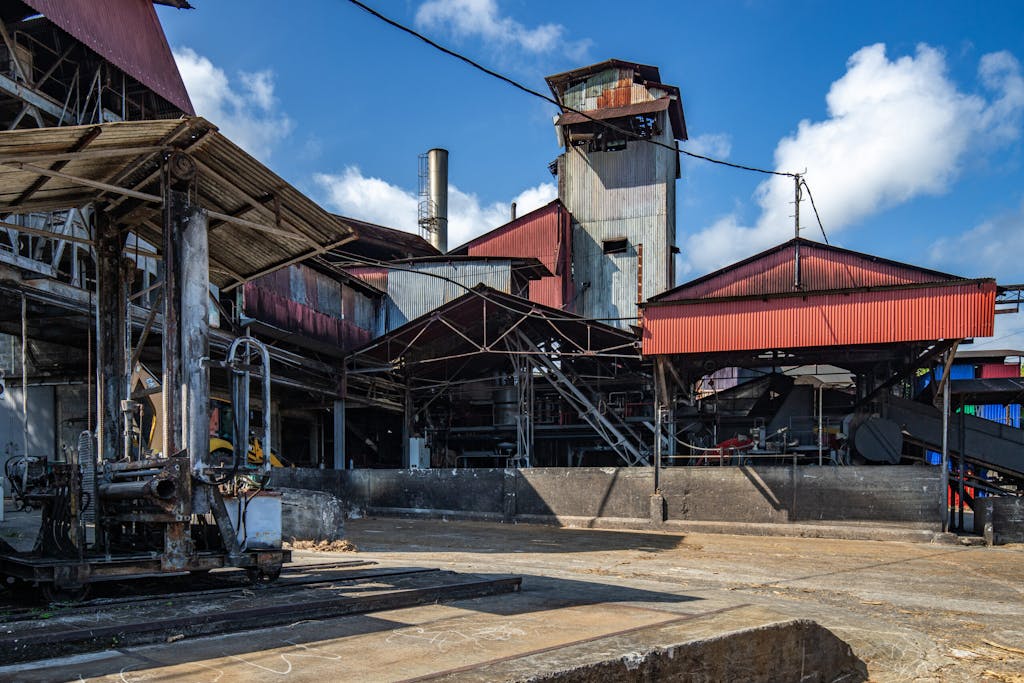
The French Caribbean islands of Guadeloupe teem with sugarcane that produces rhum Agricole, made from fresh sugarcane juice instead of molasses. The tropical aging process accelerates maturation, resulting more quickly in complex flavors.
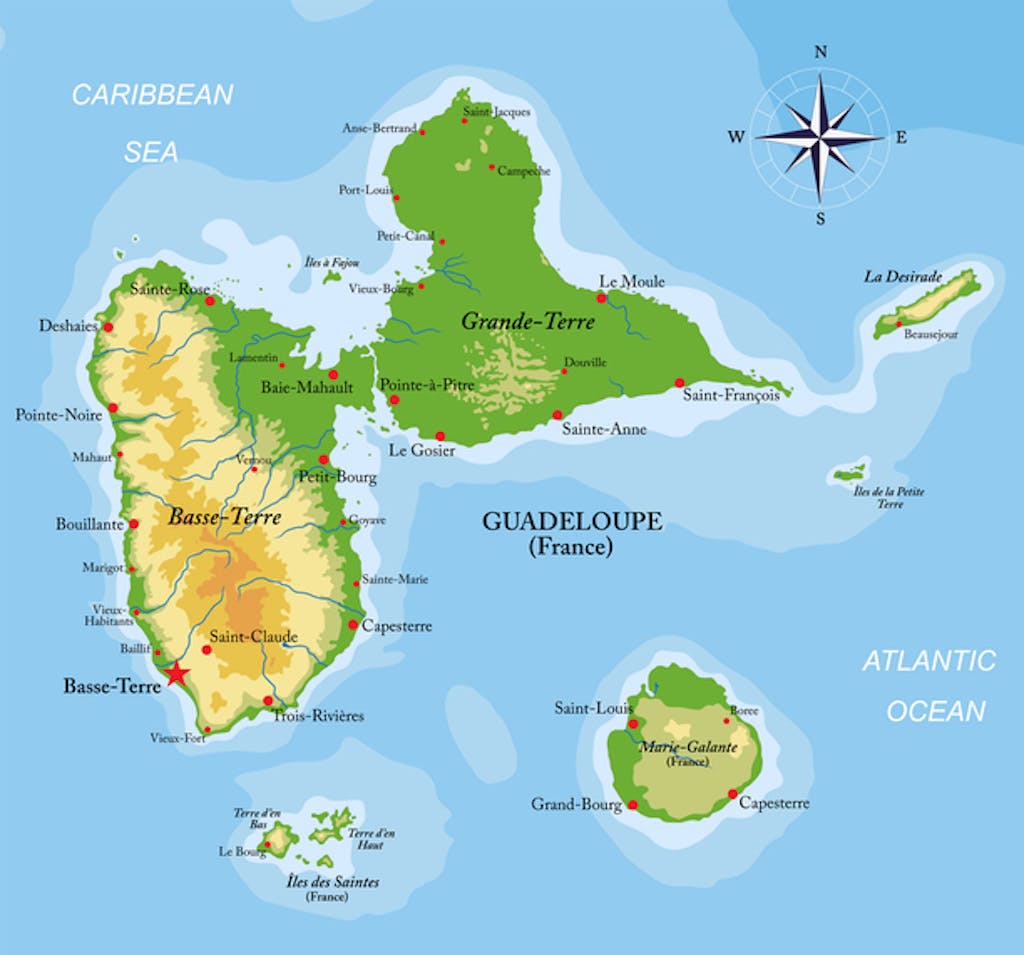
Many Guadeloupean rums carry the prestigious Appellation d’Origine Contrôlée Certification, which means strict quality standards are enforced during their production. The result is a crisp flavor that has notes of lime zest and sugarcane, reflecting the island’s volcanic soil and tropical climate.
If you’re docking in Guadeloupe, Papa Rouyo Distillery in Sainte-Claire Goyave offers an intimate experience that teaches visitors about the island’s agricultural heritage and the craftsmanship behind its award-winning, small-batch rums.
At Karukera Distillery, cultural immersion and rum tastings take center stage. A guided tour of the distillery is followed by an on-premise art gallery that showcases rotating exhibits of contemporary Caribbean art.
Just 15-minutes away by car, La Table Saint Charles in Petit Bourg sits in a verdant shaded garden where the menu celebrates contemporary Creole cuisine. No matter where you go on the island, don’t leave without ordering the traditional Ti’ Punch, made with rhum Agricole, cane syrup and lime to impart a vegetal and sweet flavor reminiscent of a Caipirinha. This drink, rooted in the island’s heritage and a symbol of conviviality, is as ubiquitous as espresso in Italy.
Grenada
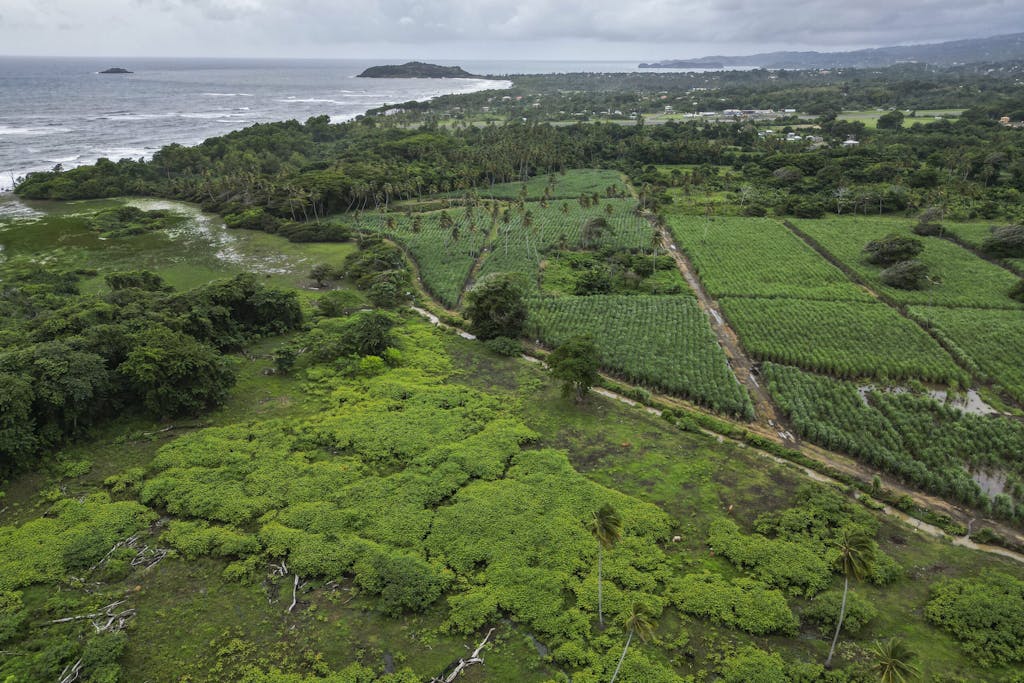
Grenada’s fertile soil produces nutmeg, cinnamon and ginger, giving rise to its Spice Island nickname. That same soil also helps create impressive rums, many crafted in small batches to preserve the distinct flavors from locally sourced sugar cane and fresh island water.
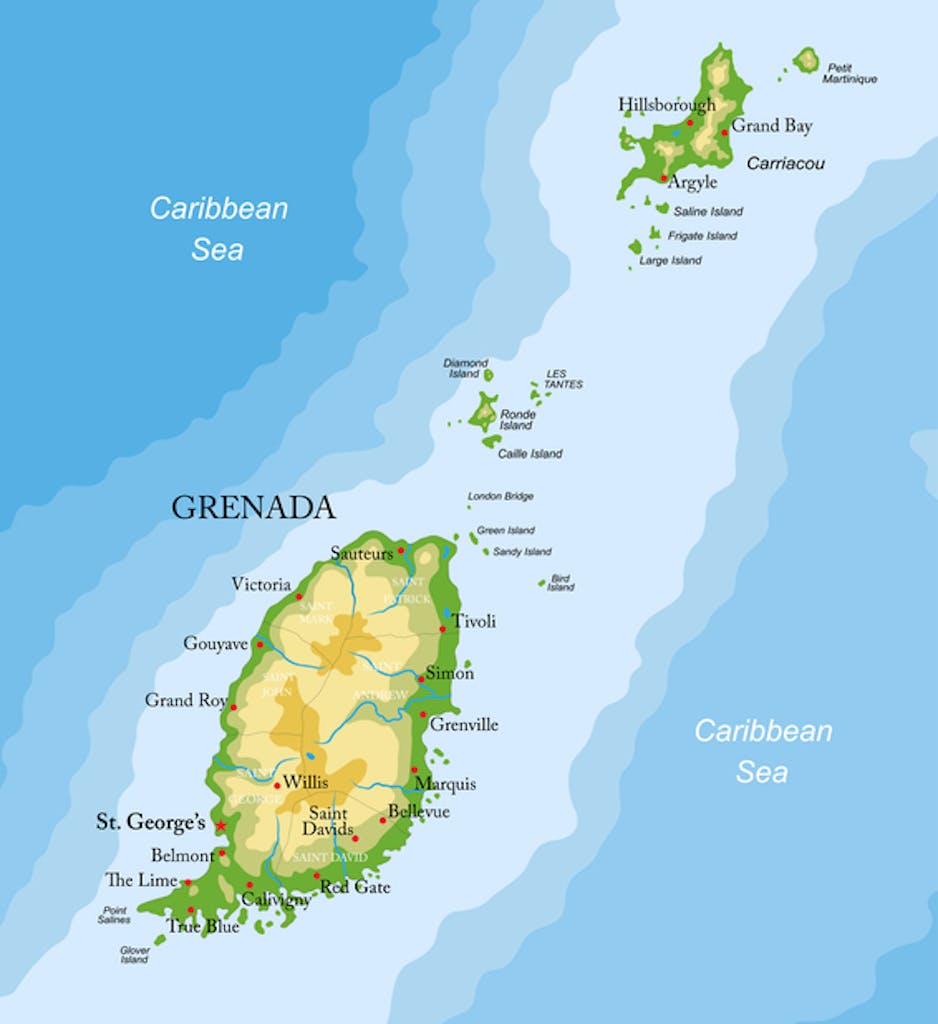
For cruise guests looking for an immersive rum experience close to the port, Clarke’s Court Rum Distillery is 15 minutes by taxi from the cruise terminal in Woodlands, St. George. It is the island’s largest and most recognized distillery, and visitors can taste rums that cater to nearly every palate, including smooth, aged blends and full-bodied overproof rums often used as “floaters” (or a layer) on tropical drinks because of their higher alcohol content.
Take a guided tour of Grenadian rum-making to learn about the distillation process and art of blending and aging. You may sample a variety of rums, including the signature Overproof Rum, Spicy Rum and the award-winning Old Grog. The distillery features a cocktail-making session in which you’ll learn how to craft classic Caribbean rum drinks.
It’s just a 20-minute ride from Clarke’s Court, and visitors can stop by the waterfront BB’s Crabback Restaurant. Order a fresh catch of the day and the decadently delicious crab back, which consists of crabmeat, herbs, wine and a rich cheese cream sauce.
St. Lucia
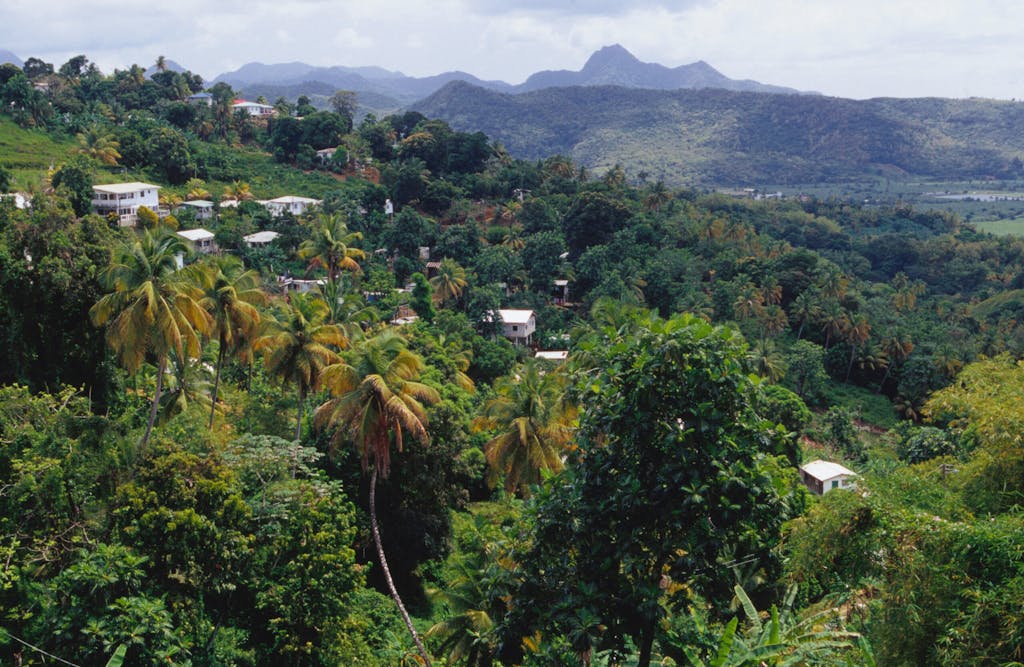
Like many islands, St. Lucia has deep roots in rum making. The best way to learn more about that history is at Saint Lucia Distillers in the Roseau Valley, which produces Bounty Rum and Chairman’s Reserve, among the island’s most popular options.
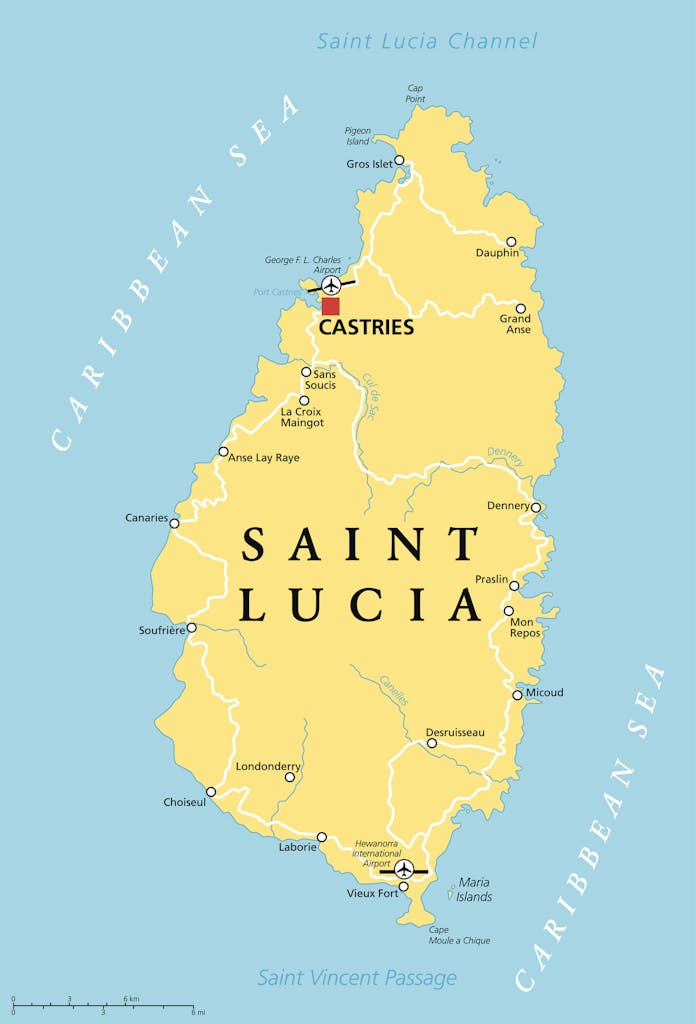
The distillery, about a 30-minute drive from the cruise port, offers an immersive tour called Rhythm of Rum. The experience begins with a safety briefing in a re-created ship’s hold, where a guide shares facts about rum’s history and its deep Caribbean and Saint Lucian roots.
Then it’s off to the distillery, where the sensory experience of rum-making comes to life through up-close exposure to the fermentation and distillation process. The grand finale includes a tasting of several rums and rum-based liqueurs produced at St. Lucia Distillers.
For a memorable meal in a charming setting close to the cruise port, stop by the Coal Pot restaurant, where bowls of seafood chowder and traditional saltfish and banana give you a taste of authentic Lucian cuisine.
